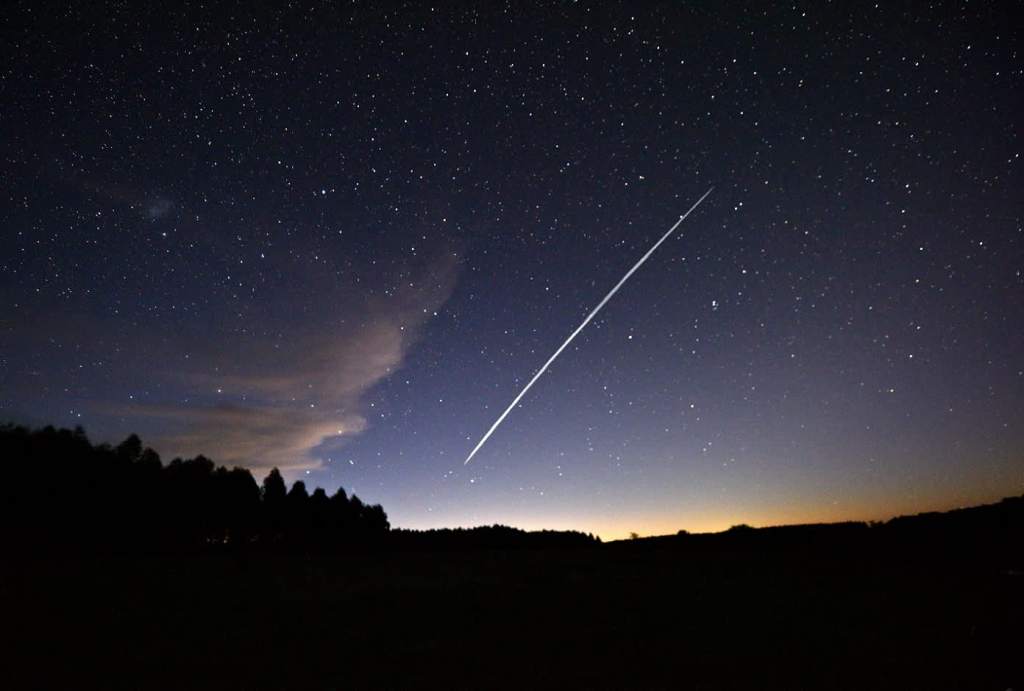Elon Musk, second richest man in the world and closest thing to real-life super villain, is using his space exploration company SpaceX top bring lightening fast internet to remote parts of the world. The secret? A huge army of low-orbit satellites that have astronomers and space photographers up in arms.
The Australian trial launched this week with the activation of satellites over northern Victoria and southern New South Wales. Users of the service have purchased $700 satellite dishes that send and receive information from space at speeds that far exceed what is currently available to them.
The programme, known as Starlink, is aiming to bring the entire world online, as over 50% of the world’s population are still without any internet connection at all. Here in Australia, 13% of the population does not have access to a regular internet connection.
In remote locations, building internet infrastructure is a challenge. That’s why Starlink is aiming to bypass the on-the-ground stuff by simply beaming internet from space directly into people’s homes.
Here’s how it works and why it might not be the best idea.
How It Works
Since 2019, SpaceX has launched more than 1,200 Starlink satellites into space off the back of their rocket launches which can deploy dozens of satellites in one go. That sounds like a lot, by Musk has plans for total coverage of the planet. That will mean 40,000 or more satellites across the globe.
Most of Earth by end of year, all by next year, then it’s about densifying coverage.
Important to note that cellular will always have the advantage in dense urban areas.
Satellites are best for low to medium population density areas.
— Elon Musk (@elonmusk) February 22, 2021
The satellites can provide internet download speeds of up to 340 Mbps, about three times faster than the best available NBN connections and almost seven times faster than a typical 4G mobile internet service. In fact, early users are reporting the ability to stream 4K video with no load times.
For people in rural areas where 4G is patchy or non-existant and broadband cables have yet to be laid, its vastly better than anything else out there.
Users purchase their satellite dish – which is referred to in the official installation guides as “Dishy McFlatface” – use an app to configure the best positioning of the dish, and then connect the power and a Wi-Fi router.
Satellite internet already exists in Australia, but it’s a lot slower than what Starlink is offering. Sky Muster, a service offered by NBN, gets download speeds of about 50Mbps. That’s because Sky Muster uses two geostationary satellites that hover above the country in a fixed position and need to be 36,000 kms above the surface of the Earth. Starlink’s fly at a height of just 550kms.
The only current issue is the latency times that Starlink currently has. That’s the gap between which data is sent and when it is received and processed. High latency means lagging in video calls and games. Starlink’s latency is currently around 20 milliseconds, which is double what most Australian broadband plans have, but its significantly lower than the 600 milliseconds that Sky Muster customers report.
Why It Might Not Be a Great Idea
All of the above sounds great – and it is – at least, greater than what is currently out there. However, these tens of thousands of low-orbit satellites that Musk wants to blanket the Earth with will make long-exposure photography of the night sky almost impossible.
Similarly, astronomers and space researchers are not happy about the development. Not only do they interfere with observation, but the radio frequencies they emit to broadcast internet will impact radio astronomy.
As the satellites were launched this week, people in Melbourne reported seeing bizarre lights flying through the air like a string of fairly lights. While it wasn’t the extra terrestrial experience some had hoped, it does suggest this may be a site we will have to get used to as the satellites deploy.
While they won’t be visible from Earth with the naked eye alone, it has caused concerns which Starlink is aware of.
On their website, Starlink has a detailed description of their work with the American National Academy of Sciences in which they propose rotating the satellites to limit reflection, painting them black, or attaching sun shades to block the light.
Could This be The Future of The Internet?
As far as NBN and high-speed internet access going in Australia, we’ve got a pretty good history of screwing it up. With a quarter of NBN customers reporting poor, unreliable, or unsatisfactory internet, it’s no wonder that people want alternatives.
Add that to the fact that internet connection in rural areas can be incredibly expensive to install and patchy at best and we could see a big uptake of Starlink if the technology proves effective.
While we’re still a few years off of full coverage, for those in underserved areas of the country, this could be a serious game changer.







